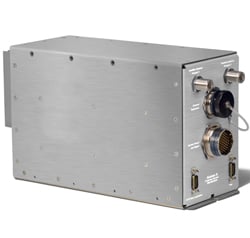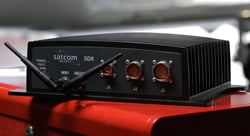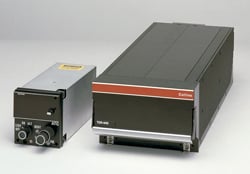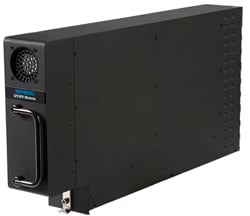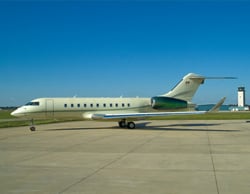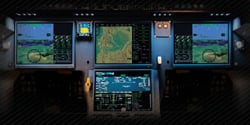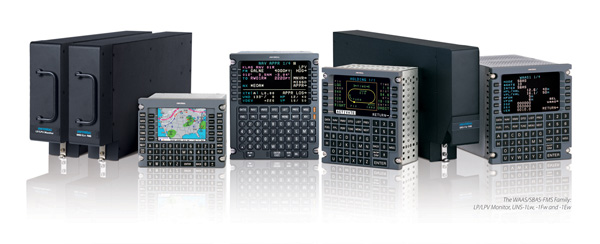Yes, you almost certainly do. You need a transponder capable of DO-260B transmissions and an upgraded or new WAAS (Wide Area Augmentation System) receiver unless you plan to fly below 10,000 feet and avoid Class A, B, and C airspace*.
With fewer than 34 months remaining to equip the entire US business aviation fleet with ADS-B Out avionics equipment, there will likely be shortages of hangar space at qualified shops as the deadline draws nearer. From now until the mandate deadline, January 1, 2020, roughly 174 aircraft per month still need to find available hangar space and qualified technicians.
Avoid The Scheduling Crunch
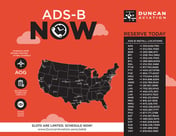 If you are not yet ready for the required upgrades and are worried about finding available capacity at certified service centers, take a look at our ADS-B Slot Program
If you are not yet ready for the required upgrades and are worried about finding available capacity at certified service centers, take a look at our ADS-B Slot Program
The Duncan Aviation ADS-B Slot Program lets you buy a slot to reserve a confirmed date and hangar space for your aircraft at one of our Satellite Avionics Shops. The deposit will be applied to the ADS-B installation when you arrive.
By scheduling now, you will see better pricing, have easier access to the certified transponders and GPS sensors, and find time for the upgrade/installation that fits your flight schedule and calendar.
Contact the Duncan Aviation Satellite Shop (www.DuncanAviation.aero/locations/#satellites) nearest you, one of our Duncan Aviation Avionics Installation Team Members (www.DuncanAviation.aero/services/avionics-installation/contacts), or call +1 402.475.2611 for more information about ADS-B upgrades and the new slot reservation program.
ADS-B Myth Busting
ADS-B Myth #5: I Don’t Need ADS-B
*What Is Class A, B & C Airspace?
Class A airspace encompasses all airspace over the continental United States and Alaska from 18,000 feet to 60,000 feet. This includes all airspace withing 12 nautical miles of the coasts of the continental United States and Alasaka and some designated international airspace beyond those 12 nautical miles. All flights in Class A airspace are under ATC control and must operate using IFR (instrument flight rules) only.
Class B airspace, which is the airspace around the 37 busiest airports in the United States, is strictly controlled. Aircraft flying in Class B airspace must be under the control of ATC, and VFR aircraft must receive explicit permission to enter the airspace. No aircraft can takeoff or land at these airports without permission or without an operating Mode C transponder and a two-way radio. These rules cover airspace within 30 nautical miles of the airports, often encompassing other airports in the area. For instance, the Dallas Love Field is not a Class B airport, but DFW is and Love Field is within the DFW airspace and is subject to the same rules.
Class C airspace goes from the surface to 4,000 feet MSL (Mean Sea Level) above the airport. These 122 airports have operational control towers, currently control approaches by radar, and have mostly IFR operations. Two-way radio communication is required for takeoff and landing, and aircraft may not enter Class C airspace without directly communicating with ATC first.









.jpg)

.jpg?width=175&height=460&name=aviator_700_black_small-(blog).jpg)



